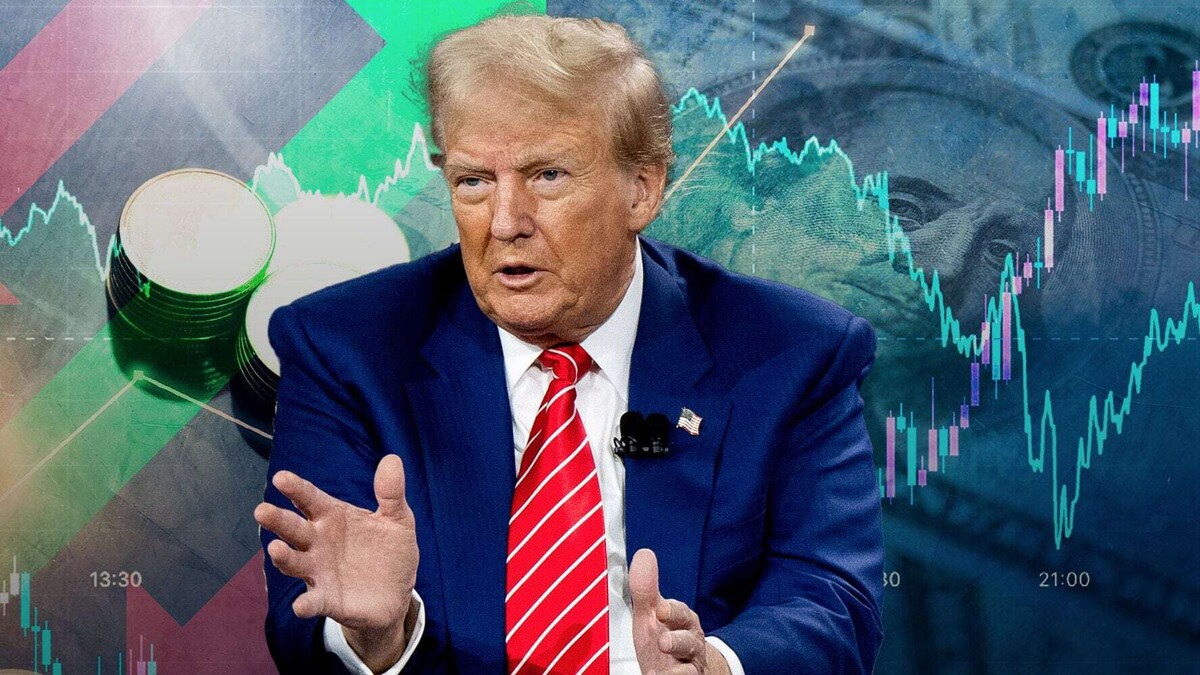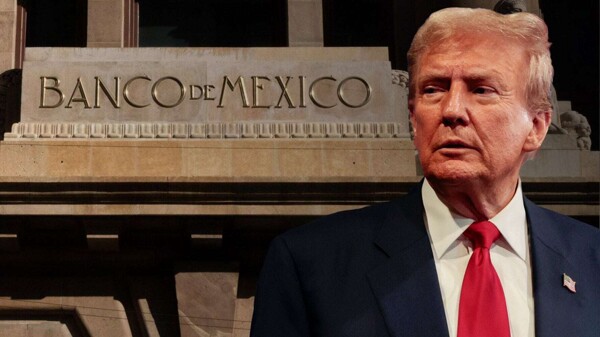
Currently, the trade deficit between Mexico and the United States has generated concern because it is the only country whose imbalance with the U.S. is not decreasing but is constantly increasing. While China has managed to reduce its deficit by up to 15%, Mexico continues to face an increase in its imbalance. President Trump and his team believe that tariffs are a useful tool to address this situation.
One of the explanations given by experts like Enrique Quintana for this growth in the trade deficit lies in the productive integration between the two countries. Many American companies depend on products manufactured in Mexico, benefiting from the elimination of tariffs due to the USMCA. However, Trump's narrative regarding the economic success of the United States clashes with the reality of North America's economic integration.
In the specific case of Mexico, its record deficit with the United States is the second most significant after China's, accumulating a figure of 295 billion 402 million dollars. This imbalance is significantly greater than that recorded in 2016. The automotive industry is a clear example of this relationship, in which Mexico manufactures parts that are then sent to the United States for assembly.
Lower labor costs and competitiveness in sectors such as textiles, electronics, and light manufacturing are factors that motivate American companies to relocate their operations to Mexico. On the other hand, internal demand in the U.S. seeks more economical products, contributing to the increase in imports from Mexico.
Despite the uncertainty generated by the possible imposition of tariffs by the United States, Mexico's president, Claudia Sheinbaum, is confident that the current tariff pause will be permanent. However, this period also provides Trump with the opportunity to gather arguments to impose taxes on Mexican exports. The trade deficit between the two countries is one point that the American president could use to justify this measure, which amounted to 171 billion 809 million dollars in 2024, according to data from the U.S. Department of Commerce.
In summary, the growing concern over the trade deficit between Mexico and the United States reflects the complexity of the economic relations between the two countries, marked by productive integration, labor costs, and consumer demand, leaving the future of bilateral trade negotiations in uncertainty.














